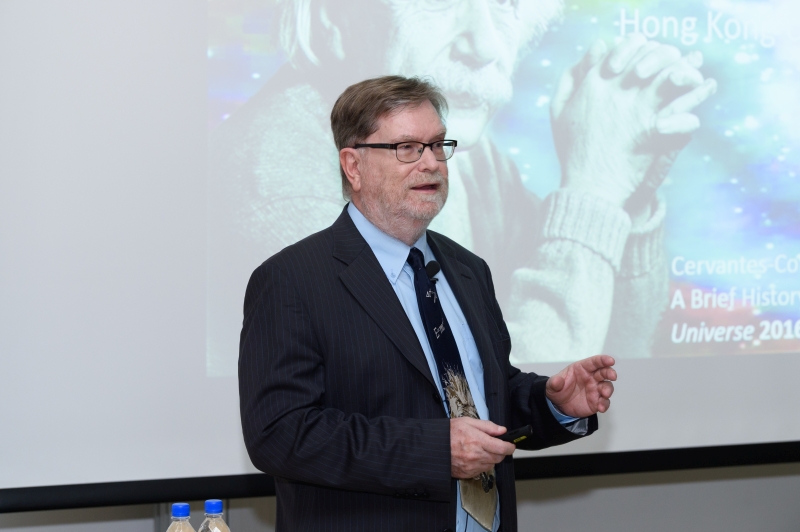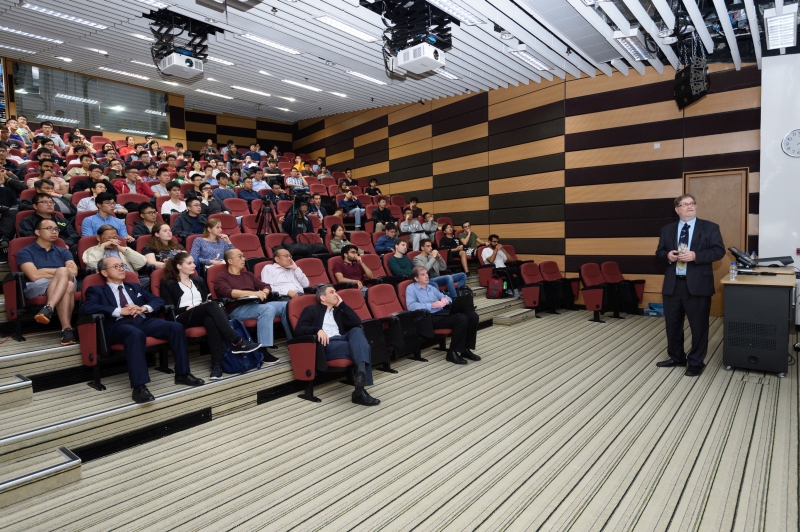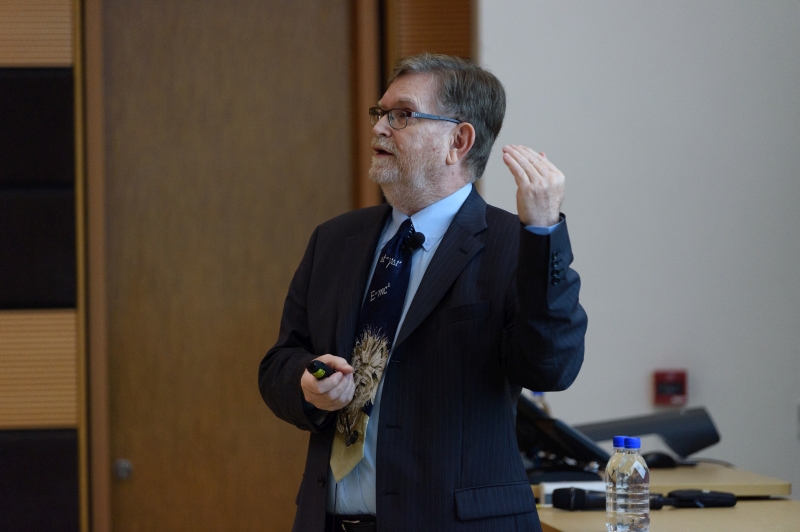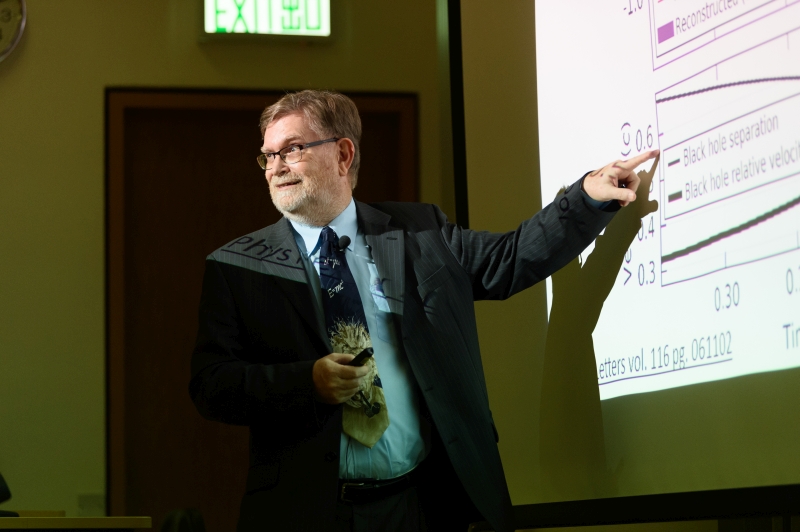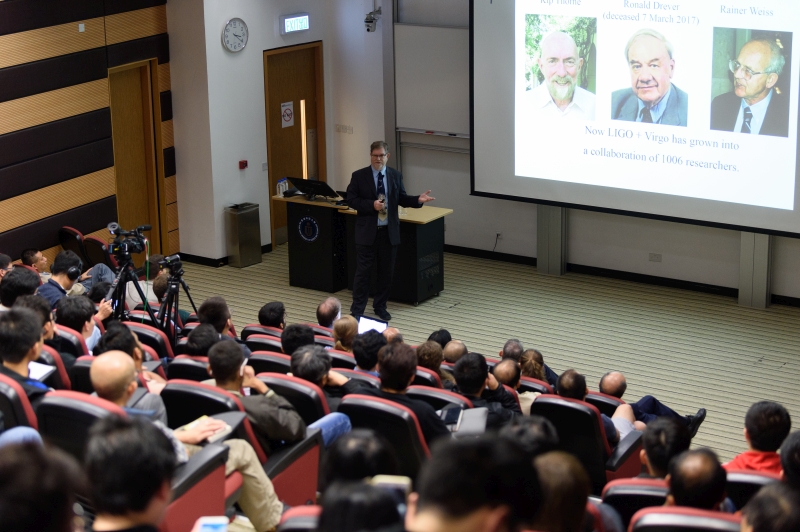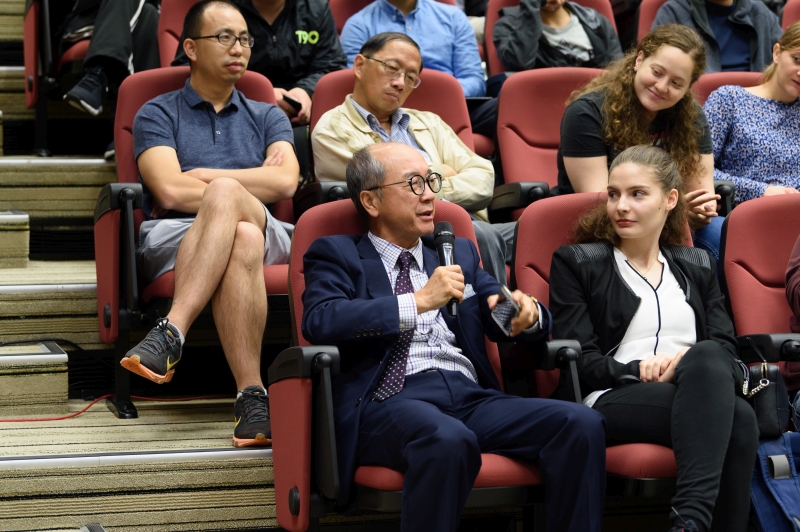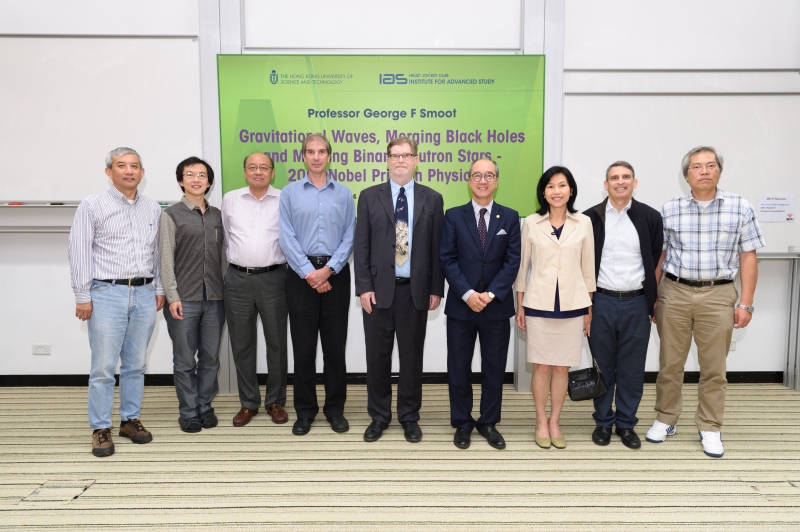Gravitational Waves, Merging Black Holes and Merging Binary Neutron Stars - 2017 Nobel Prize in Physics
Abstract
The detection of gravitational waves from the mergers of binary black holes by the Advanced LIGO detectors has provided a first glimpse on the most energetic phenomena in the Universe. On 14 September 2015, the advanced Laser Interferometer Gravitational Wave Observatory (aLIGO) at the very beginning of its operation observed the merger of a binary black hole pair of masses 36 and 29 times that of the Sun. This event initiated the era of observational gravitational wave astronomy and allowed probing strong field General Relativity theory, the population of stellar remnants including black holes as well as finally confirming a 100-year-old prediction of the existence of gravitational waves by Einstein. Over the last two years, two more events and one candidate events of binary black hole mergers have been observed, enriching our knowledge of these phenomena greatly and promising even more as aLIGO and new detector are added and upgraded. These discoveries led to the 2017 Nobel Prize in Physics.
Recently on 17 August 2017, LIGO and Virgo made the first detection of a binary neutron star merger, GW170817. Two seconds later, an associated gamma-ray burst (GRB) was detected by Fermi and INTEGRAL (INTErnational Gamma-Ray Astrophysics Laboratory) satellites, GRB 170817A. Soon after sunset in Chile, the 1-meter Swope telescope at Las Campanas Observatory discovered the optical counterpart, Swope Supernova Survey 2017a (SSS17a). Observations taken over the next several weeks extended the range of frequencies observed and 30 different telescopes and detectors following the relic radiation. With the electromagnetic data, we are able to say that GW170817 came from the merger of a binary neutron star system. These data show that a significant amount of r-process materials were generated and ejected in the merger - a so-called "kilonova" - providing enough material to solve the question of where the majority of r-process (heavier) elements are created. Examining the host galaxy, we find that the progenitor system was likely several Giga-years old. This data-rich event is just the beginning. GW170817 and SSS17a herald the beginning of a new era of astronomy.
In this talk, the speaker will tell the tale of these discoveries and their implications.
About the speaker
Prof. George F. Smoot was awarded the Nobel Prize in Physics in 2006, jointly with Prof. John Mather, for their work that led to the "discovery of the black body form and anisotropy of the cosmic microwave background radiation". This work helped further the Inflationary Universe and the Big Bang theory of the universe.
Prof. Smoot received his Bachelor degrees in Mathematics and Physics and his PhD in Physics in 1970 from the Massachusetts Institute of Technology. He has been at the University of California at Berkeley and the Lawrence Berkeley National Laboratory since 1970. He is also Chair of the Endowment Fund "Physics of the Universe" of Paris Center for Cosmological Physics.
Prof. Smoot was elected a Member of the US National Academy of Sciences and a Fellow of the American Physical Society. He has been honored by several universities worldwide with doctorates or professorships. He was also the recipient of the Gruber Prize in Cosmology (2006), the Daniel Chalonge Medal from the International School of Astrophysics (2006), the Einstein Medal from Albert Einstein Society (2003), the Lawrence Award from the US Department of Energy (1995), and the NASA Medal for Exceptional Scientific Achievement (1991).
Prof. Smoot authored more than 500 science papers and is also a co-author (with Keay Davidson) of the popularized scientific book Wrinkles in Time (Harper, 1994) that elucidates cosmology and the discovery of NASA's Cosmic Background Explorer. A great teacher and a keen advocate of popular science, Prof Smoot received the Oersted Medal in 2009 for his notable contributions to the teaching of physics.

